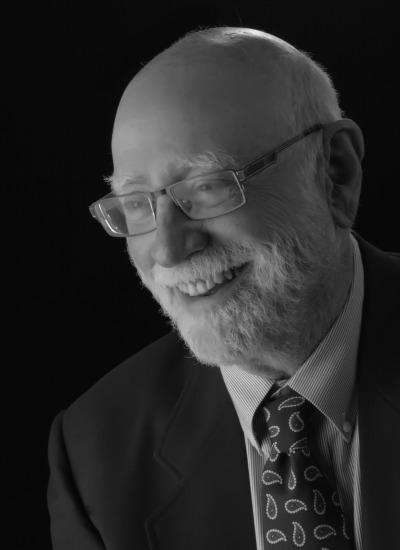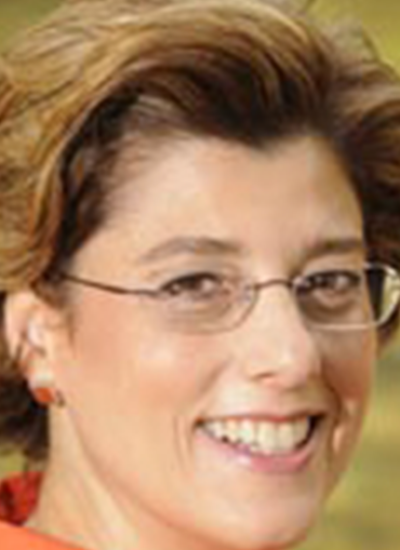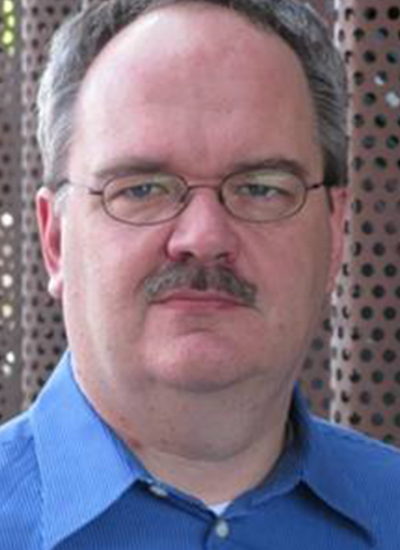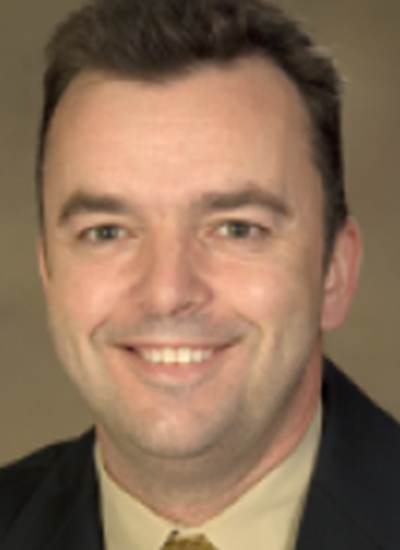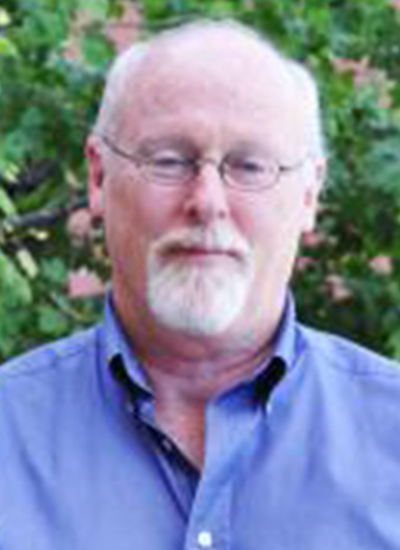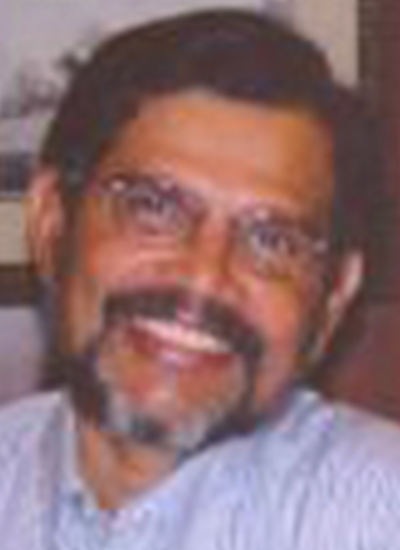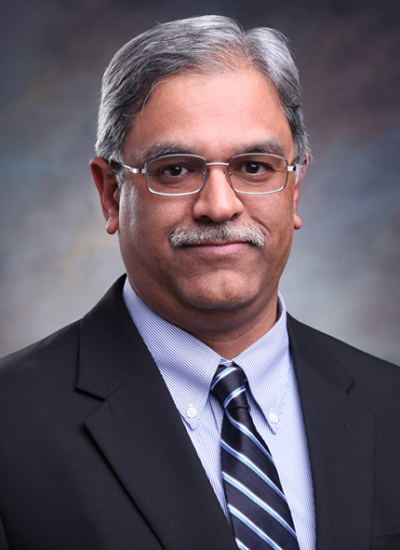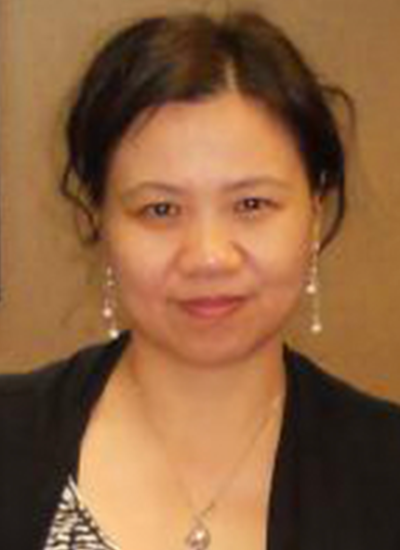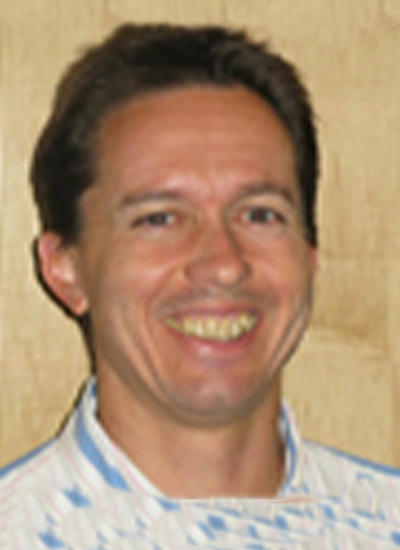Medical research
Esther M Sternberg
Research Interest
Marek Romanowski
Research Interest
Laurence Hurley
Work Summary
Laurence Hurley's long-time research interest is in molecular targeting of DNA, first by covalent binders (CC-1065 and psorospermin), then as compounds that target protein–DNA complexes (pluramycins and Et 743), and most recently as four-stranded DNA structures (G-quadruplexes and i-motifs). He was the first to show that targeting G-quadruplexes could inhibit telomerase (Sun et al. [1997] J. Med. Chem., 40, 2113) and that targeting G-quadruplexes in promoter complexes results in inhibition of transcription (Siddiqui-Jain et al. [2002] Proc. Natl. Acad. Sci. U.S.A., 99, 11593).
Research Interest
Christopher Hulme
Work Summary
The Hulme group is focused on small molecule drug design and developing enabling chemical methodologies to expedite the drug discovery process. The development of small molecule inhibitors of kinases is of particular interest.
Research Interest
David T Harris
Work Summary
We are involved in banking clinical specimens obtained from various patients for use in biomarker discovery and clinical therapies. Clinical therapies may include regenerative medicine, transplant or gene therapy.
Research Interest
Leslie Gunatilaka
Work Summary
Discovery of natural products from plants and their associated microorganisms as potential drugs to treat cancer. Application of medicinal chemistry approach for structure-activity relationship studies and to obtain compounds for preclinical evaluation. Development of alternative agricultural systems for sustainable utilization of natural resources.
Research Interest
Vijay Gokhale
Work Summary
Vijay Gokhale's work includes the use of medicinal chemistry in the development of small molecule therapeutics for neuropathic pain, idiopathic pulmonary fibrosis (IPF), and acute lung injury and cancer.
Research Interest
Minying Cai
Work Summary
Peptides and proteins play a vital role in almost every cellular process in living organisms. Our research discovers and determines structural information on peptides and proteins to design drugs to more effectively treat human disease.
Research Interest
Dean Billheimer
Work Summary
My research develops new clinical trial and experimental study designs to allow 'learning from data' more efficiently. My research also develops new analysis methods to understand latent structure in data. This allows better understanding of disease processes, better targeting of existing treatments, and development of more effective new treatments. Finally, I am developing new statistical methods based on prediction of future events.


